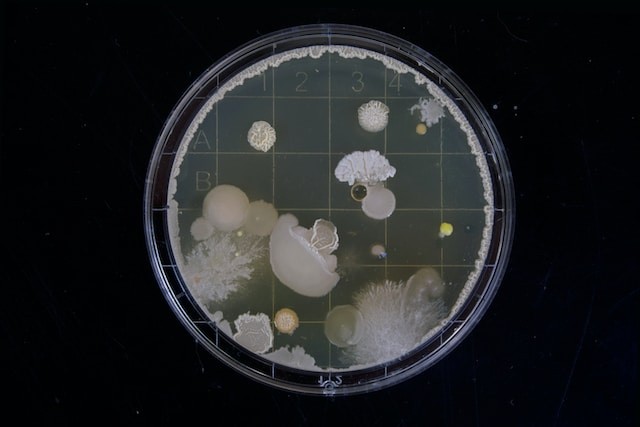The deep sea is a vast and mysterious realm that harbors a rich diversity of life forms, many of which are still unknown to science.
Among these are the Planctomycetes, a group of bacteria that have unique features and play important roles in various biogeochemical cycles.
Recently, researchers have discovered a new species of Planctomycetes from a deep-sea cold seep, a place where hydrocarbon-rich fluids seep out of the ocean floor.
This new species has some remarkable characteristics, such as a novel budding mechanism and a symbiotic relationship with a virus.
Planctomycetes and why they are important

Planctomycetes are a phylum of bacteria that are widely distributed in aquatic environments, such as freshwater, marine, and brackish habitats.
They are known for their unusual morphology and physiology, such as having complex cell shapes, internal membranes, and anammoxosomes (organelles that perform anaerobic ammonium oxidation).
They are also involved in various biogeochemical processes, such as nitrogen cycling, carbon fixation, and sulfur oxidation.
Planctomycetes are divided into several classes, one of which is Phycisphaerae. This class contains only one genus, Poriferisphaera, which was first described in 2007 from sponge-associated bacteria.
So far, only one species of this genus has been validly named, Poriferisphaera corsica, which was isolated from a Mediterranean sponge.
Recent studies have suggested that there are more species of Poriferisphaera in different habitats, especially in the deep sea.
Researchers isolate and characterize the new species
The researchers collected sediment samples from a deep-sea cold seep in the South China Sea at a depth of 1,400 meters.
Cold seeps are areas where hydrocarbon-rich fluids escape from the ocean floor, creating unique ecosystems that host diverse and specialized organisms.
Planctomycetes are known to be abundant and active in cold seeps, where they may participate in methane oxidation and nitrogen fixation.
To isolate the new species of Planctomycetes, the researchers used a nutrient-rich medium supplemented with rifampicin (an antibiotic) and nitrogen sources.
They then cultured the enriched bacteria on agar plates and picked individual colonies for further analysis.
They identified one strain, named ZRK32, that grew faster than others and showed high similarity to Poriferisphaera corsica based on 16S rRNA gene sequencing.
They found that ZRK32 had significant differences in morphology, physiology, biochemistry, and genome features from Poriferisphaera corsica and other Phycisphaerae members.
ZRK32 had larger cells and longer buds than Poriferisphaera corsica, and it could grow better in nutrient-rich media than other Planctomycetes.
Moreover, it had higher nitrogen assimilation rates than other Phycisphaerae members, and it had unique genes involved in nitrogen metabolism and stress response.
Implications of the discovery of the new species
The discovery of Poriferisphaera heterotrophicis sp. nov. is an important contribution to the knowledge of Planctomycetes diversity and ecology.
It reveals some unique characteristics of this group of bacteria that may help them adapt to the harsh conditions of the deep sea.
For instance, Poriferisphaera heterotrophicis sp. nov. has a novel budding mechanism that may allow it to divide faster and more efficiently than other Planctomycetes; it also has a symbiotic relationship with a virus (bacteriophage) that may facilitate its nitrogen metabolism by providing extra genes or enzyme.
The discovery of Poriferisphaera heterotrophicis sp. nov. highlights the potential role of Planctomycetes in nitrogen cycling in deep-sea cold seeps.
Planctomycetes can convert different forms of nitrogen (such as nitrate, nitrite, ammonium, or dinitrogen gas) into organic compounds that can be used by themselves or other organisms.
This process can affect the availability and balance of nitrogen in the ocean.
The researchers suggested that further studies are needed to understand the ecological functions and interactions of Poriferisphaera heterotrophicis sp. nov. and other Planctomycetes in deep-sea cold seeps.
© 2025 NatureWorldNews.com All rights reserved. Do not reproduce without permission.





